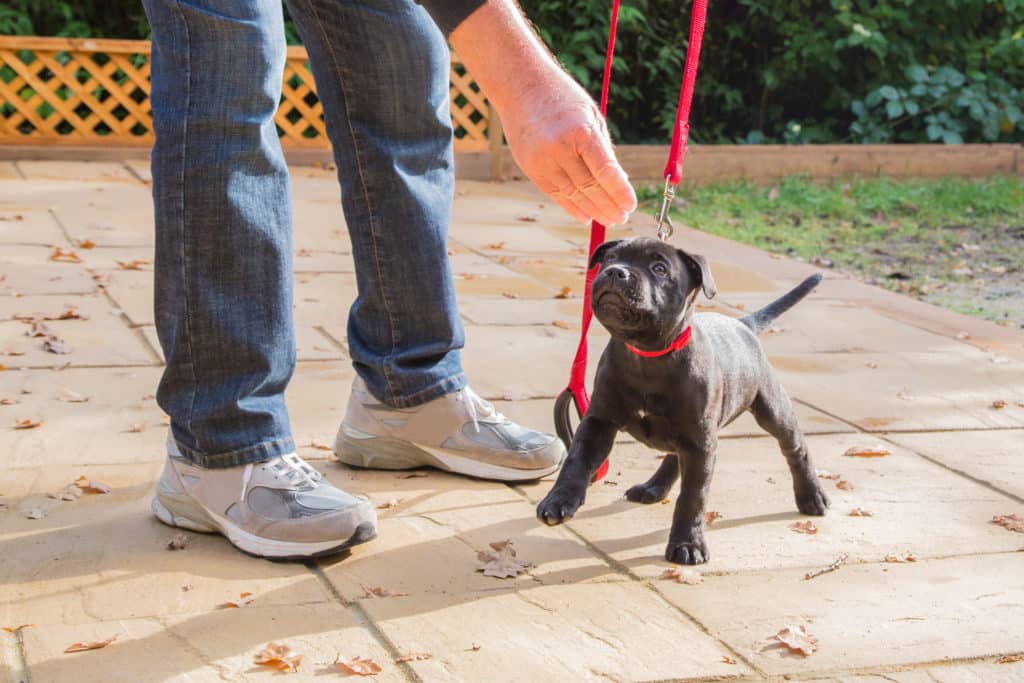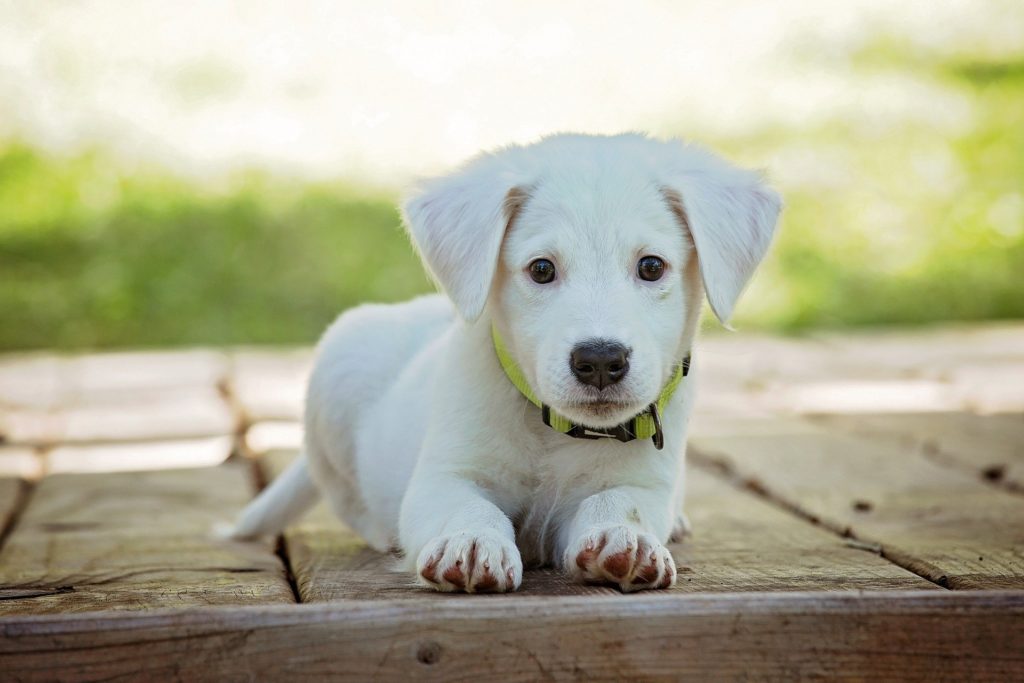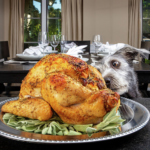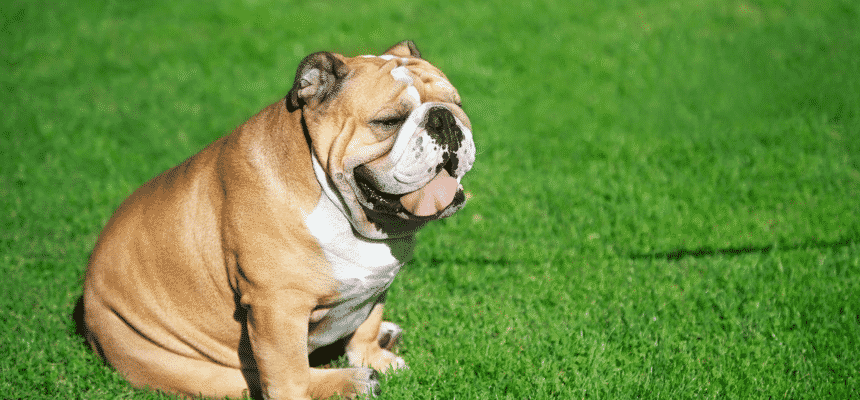Whether this is your first dog or one of many, it’s a thrilling time. As you know, or soon will, dogs and puppies are a lot like human children – the amount of time, expense, and emotion you will invest during the first year of ownership is astounding. They come in all shapes, sizes, temperaments, and breeds, but the same tenant holds true for all – what you put in is what you will get out of your relationship with your new companion. Remember this the next time your pup chews a favorite pair of shoes because they’re bored, or you forgot to secure the crate and come home to a disaster created by your Tasmanian devil.
Help to ease them into their new setting by providing consistency in routine and among family members with regards to house rules, discipline, and expectations. Gradually allow them to investigate each area of their new home while supervised and when the setting is quiet and controlled. Here are some other tips to get pet ownership off on the right foot:
Nutrition
How Often – Feeding times of a high-quality diet made with real protein and AAFCO tested should be scheduled every 3-8 hours, depending on your dog’s age, and ultimately transitioned to twice daily feeding.
How To – Leave the food in an accessible stainless steel or ceramic bowl for 10-15 minutes; after that time, pick up the bowl until the next scheduled feeding. This can help regulate bowel movements and aid in house training. Feedings can be conducted in the crate to encourage crate acceptance. It’s best to start your new addition on the food to which they are accustomed, gradually transitioning to a new diet over a week’s time to prevent gastrointestinal upset.
A few good resources that will help guide your diet selections include: www.wsava.org for a nutrition toolkit and body condition scoring chart, www.reviews.com/dog-food/, and www.avma.org for food recall information.
Grooming
Pet grooming encompasses maintenance of hair and skin, ears, nails, and dental health. For most dogs, a mild, preferably soap-free formula works well since accident-prone pups often require frequent bathing. Healthy dogs require no more than monthly baths. It’s best to offer a hungry puppy food and treats during the first few grooming sessions; the goal is to get your dog accustomed to the idea of handling feet, nails, exposure to water and the tools you may use during his life. Make grooming fun, short, and end on a positive note. We don’t want perfection, just progress!
Ears – Ears should be cleaned with a mild drying solution and cotton balls after the bath; moisture accumulated in the ear canals can make a perfect environment for bacteria and yeast to overgrow.
Nails – Consider trimming nails one at a time when your pet is sleepy or hungry and can be bribed with a high value treat (shredded cheese, peanut butter, small bites of chicken breast). It’s best to set the clippers out for a few days near the food bowl and to give your pet time to adjust to the tool.
Teeth – Dental care ideally involves daily tooth and gum brushing with a finger brush or child-sized toothbrush. Choose dog-specific products that have flavors such as chicken or malt. Again, start slowly with a quick, but gentle gum massage and reward with a treat to keep all 42 adult teeth healthy, you need to brush at least twice a week to have any benefit.
Ideally, by the time your pet has his first professional grooming session, he is acclimated and even excited about a massage and spa day.
Socialization & Training
Positive reinforcement of dog-appropriate behavior and redirection are the cornerstones of most successful training programs. Most trainers and veterinarians abide by the principle that “nothing in life is free”, meaning if your dog wants something (a treat, a walk, petting), they need to ask nicely (in a sit-stay position) and without whining.

When to Start & How – Puppies are like sponges; there is a critical window of development that closes around 13 weeks of age. During this window of 2 weeks to 3 months, expose your puppy to multiple surfaces, people, other pets, travel, grooming aids, and sounds while reinforcing interactions with treats and praise. Go slowly and don’t overwhelm your puppy with too many “new” things at once. Introducing a leash and collar (Martingale or gentle leader collars are especially nice) early and taking short, frequent walks, offering scheduled play times, and playing mental games such as hiding kibble for hide and go seek or working on obedience commands are invaluable.
Crate Training
Most vets advocate crate training your pup to stay in the crate calmly when he can’t be supervised. By providing valuable resources (food, a Kong toy stuffed with frozen peanut butter and kibble) and allowing the puppy easy access to the crate for indeterminate, variable blocks of time, including nap and nighttime, we can establish the crate as a safe place where only good things happen. Once they have accepted the crate as a safe place, you can start leaving the puppy alone for longer stretches of time. The crate is also useful to help potty train your pet. Crating the dog in a cozy den with just enough room to turn around and allowing immediate access to the outside “toilet” will aid in housebreaking.
Potty Training
Choose the same location to take your dog to go potty each time, reward immediately (not once inside the house), and choose a phrase to associate with elimination such as “potty-time” to achieve the best results. Pups should be able to “hold it” for their age in months +1 hour. i.e. a 2-month-old puppy can remain in the crate up to 3 hours safely.
Formal socialization and obedience classes are readily available and an important part of a puppy’s first few months.
Preventative Health Care
Vaccines – Most puppies receive an initial vaccine series every 3-4 weeks at their veterinary visit beginning at 6-8 weeks of age until 4-6 months. Thereafter, annual to triannual booster vaccines may be administered at the time of the exam.
Spay/Neuter – An individual vaccine and titer schedule as well as age to spay or neuter is determined based on the pet’s lifestyle, risk of exposure, breed, and health status. When to spay or neuter your pet is a decision that may have already been made for you if you adopted your pet through a rescue group or shelter; understandably, these groups are primarily concerned with pet overpopulation and want to eliminate the possibility of future litters.
Regular Exams – Regular examinations of your dog and possibly their blood and stool allow for evaluation of eyes, ears, nose, throat, body condition and weight, heart, lungs, abdomen, limbs, behavior, parasite status and internal organ function. To get the most out of a veterinary visit, please share any details regarding your pet’s medical history including current diet and bring a fresh stool sample. Since our pets can’t speak for themselves, be aware of any changes in appetite, urination, defecation, energy, appetite, and behavior.
Expense, time commitment, and those sharp puppy teeth can be unexpected surprises to owning a puppy. It’s best to be prepared with a crate, leash and collar, bowls, grooming tools, treats, a resource list including a vet, realistic expectations, and some good chew toys!
Congratulations on the adoption of your new best friend!




